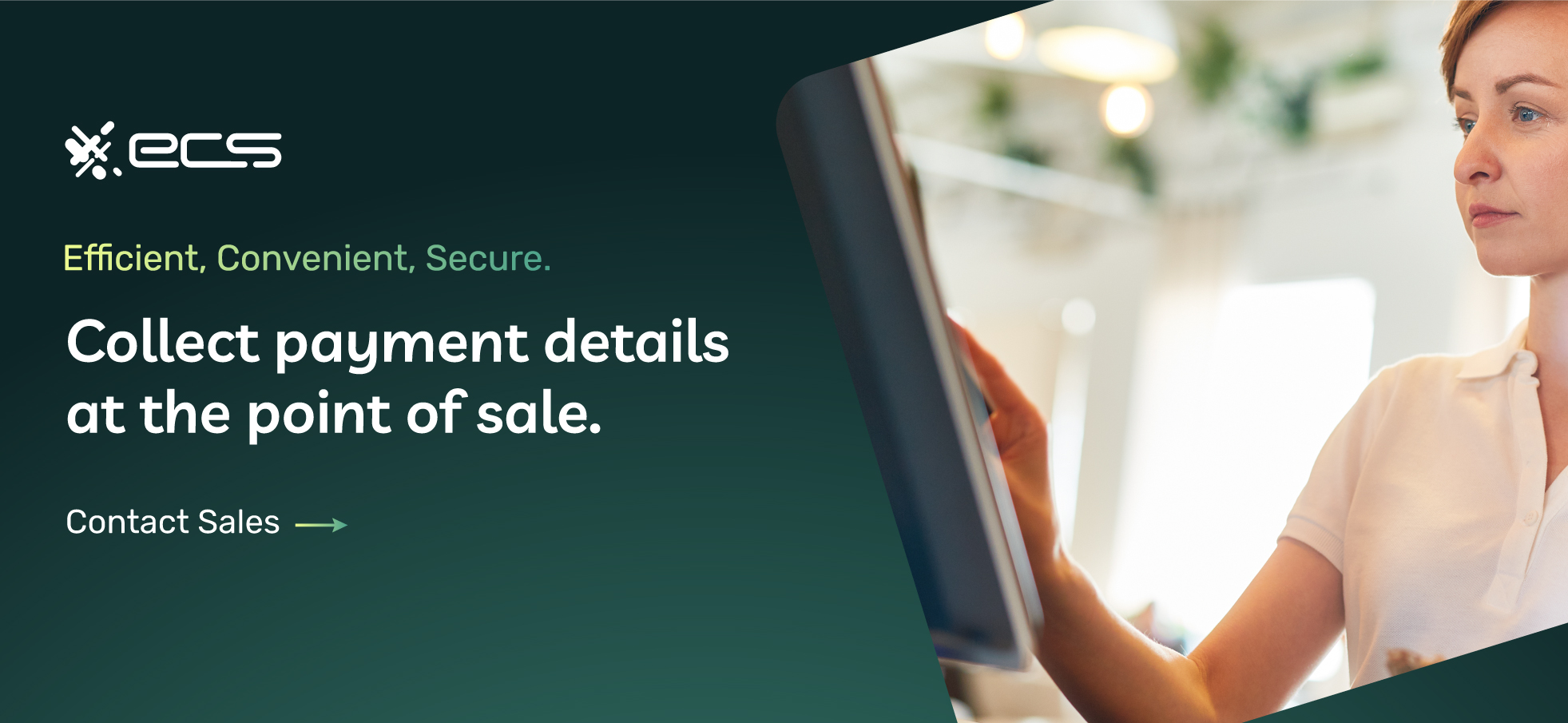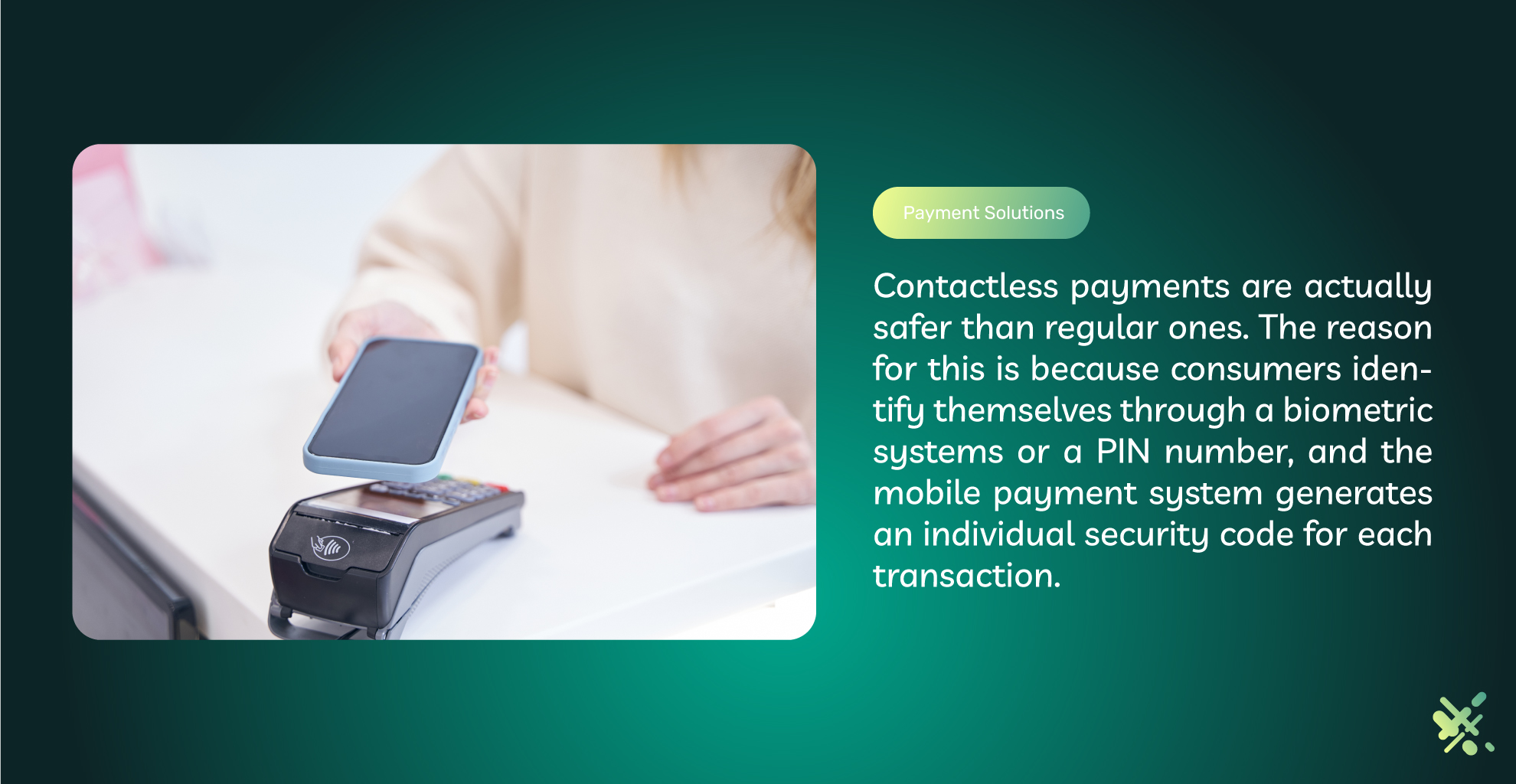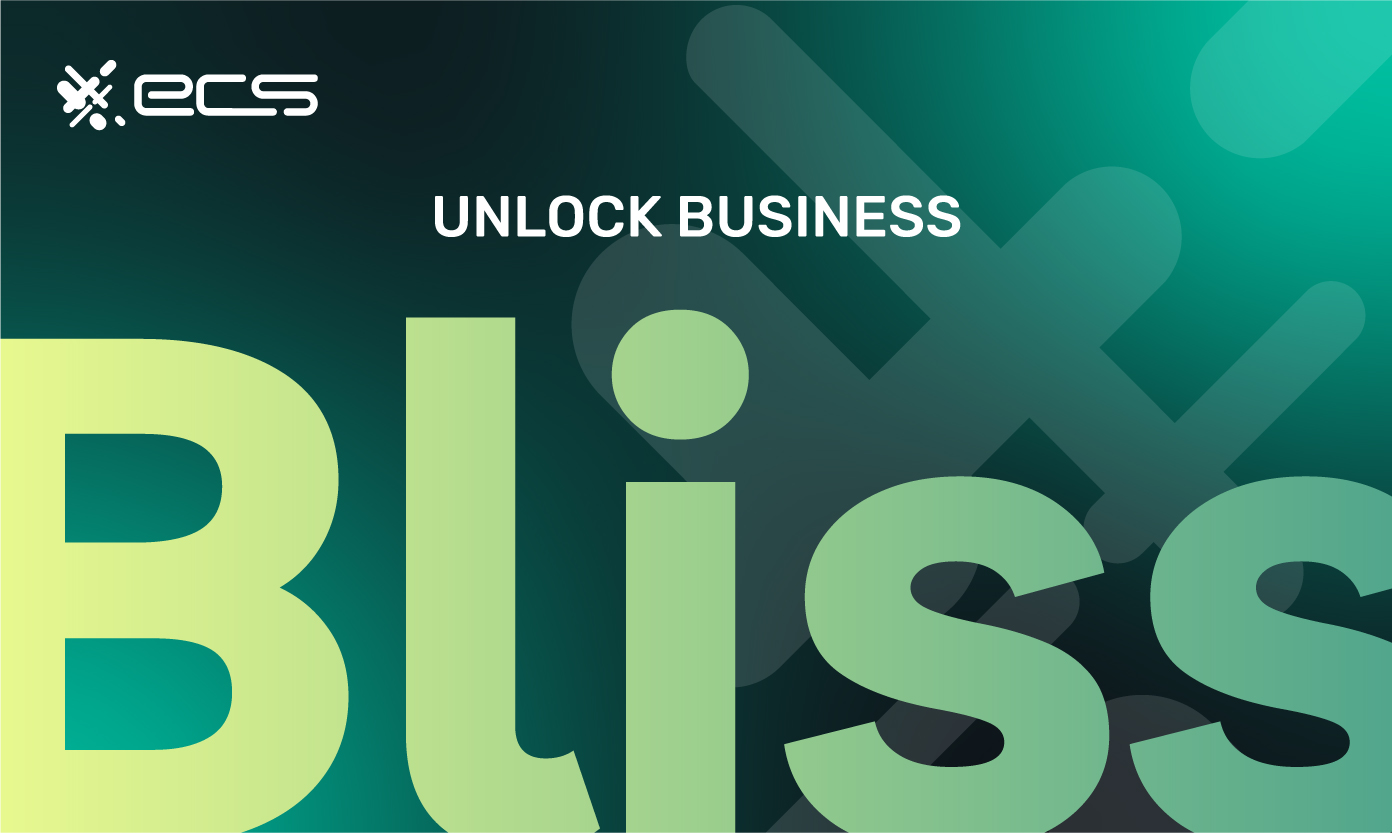The spa. These two words carry connotations of rest, relaxation, and rejuvenation for consumers. Of course, only some things in life are free. For everything else—spa treatments included—there’s Mastercard…and Visa, American Express, and Discover. Spa credit card processing allows spa owners to collect payment for services rendered.
Spa payments will often be for a la carte items—a customer who wants a massage, facial, or burning hot rocks placed on their back (officially called a hot stone massage). But spa and salon credit card processing could also include recurring billing, such as for a subscription service.
In such cases, customers pay a monthly fee to access the spa location and enjoy its services. There may be a combination of the two payment modalities: a la carte and subscription services. For example, you could grant spa members access to certain basic features, with the option of ordering extra a la carte items. A snack, juice, and smoothie bar inside the spa lobby is one example.
Whether payment is a one-off or automatically recurring, a point of sale or POS system (hardware and software) is what helps you accept credit card payments (and debit card payments).
Is It Worth It To Own A Salon or Spa?
There are roughly 20,000 health and wellness spas across the United States as of 2024. This number continues to increase year after year. This slight increase shows that the spa business—although arguably a consumer discretionary like restaurants and entertainment—is very stable.
It may not see the rapid growth of other industries. But it’s also noteworthy that in the recessionary economic climate that has unfolded since COVID-19, the number of spas has not declined. Compare this to many other industries that have collectively shuttered hundreds or thousands of locations. Spas are alive, well, and sizzling with hot rocks on a bare back.
This may speak to the idea that spas are not actually discretionary. While most consumers view them as such, spa treatments have long been a key part of preventative medicine. For thousands of years, cultures around the world have used hot baths, massages, and the application of topicals to cultivate a state of general good health.
In recent years, there has been a fusion of spa treatments and Western medicine (e.g., surgery and similar address of acute incidents). There is also a significant portion of med spa treatments that are aesthetic. The most popular treatments include chemical peels, aesthetic services, botox and filter injections, microdermabrasion, photo-facial pulsed light, skin tightening, body contouring or cellulite reduction, and laser skin resurfacing.


Overcoming Expensive Spa Treatments For Clients
The financing and the repayment plans are great options for spa customers who cannot afford an expensive treatment. On the “lower end,” a typical botox treatment, for example, runs $300 to $600. In the middle, cellulite treatments run from $3,000 to $5,000 a session. And most cellulite treatments require multiple sessions. On the higher end, plastic surgeries (if performed at your spa clinic) can run into tens of thousands of dollars.
The average spa customer probably has a decent amount of discretionary income. Otherwise, they wouldn’t be paying $150 to have burning hot stones placed on their back. However, even customers with discretionary incomes may not be able to pay $5,000 to get that cellulite removed.
With inflation and the failure of real wages to outpace the cost of living, consumers are increasingly strapped. In fact, nearly 57% of American consumers have less than $1,000 in savings for emergencies, let alone elective procedures.
This is where financing or repayment plans come into play. Retail experts (a somewhat broad and ambiguous term) believe that BNPL options boost sales by 20-30% and increase ticket sizes by at least 50%. Consider these statistics when considering selling some of your more high-end services.
Payment Plans Make Certain Spa Treatments Accessible
As you can see, many of these treatments are elective sorts of surgeries. Customers’ healthcare insurance does not cover most, if not any, of these procedures. However, the customer may have compelling personal reasons for desiring the treatment. They want to pay for it but may not have the hundreds or thousands of dollars it can cost.
So how can a digital payments help with this pain point?
In-House Repayment Plans
In addition to helping you take debit and credit cards, certain merchant service providers can also help you set up payment plans.
This type of repayment plan does not involve a lender. You will enroll the customer in a schedule of automated payments. However, do not confuse this with sending a monthly paper bill, which the customer must take action to respond to. Rather, you can collect payment details at the point of sale and have the client sign an agreement to have an automatic payment withdrawal every month.
You may consider putting a customers checking account via ACH payments in a virtual terminal. Credit and debit card numbers change over time, especially if the customer loses them. By contrast, bank account numbers are permanent. You can eliminate the potential for payment discontinuity by setting up the repayment plan with a checking account.
However, it can be very possible that a person can run out of funds in their bank account, and therefore a credit card may be a better option. If you are able to set up a primary and secondary payment option, you can have dual protection from defaulted payments.
Recurring payments sound like something you’re interested in to increase client treatments? ECS Payments can set you up with with secure virtual payment terminals online.
Point-of-Sale Consumer Loans
Another way to increase your client treatments is to offer point of sale loans. Some loans like CareCredit offer 2 year payment plans with large lines of credit. Something that an in-house payment arrangement may not be able to offer.
Point-of-sale loans are also more secure for the business because the lender pays you upfront, and the client makes their monthly payments to the lender. However, there are other point-of-sale loan options to look into that your payment processor, like ECS Payments, may be able to offer beyond CareCredit.
BNPL Payments
Lastly, we have BNPL options. With this option, the lending partner also provides you (the spa owner) full payment for the services within 24-48 hours and the customer is then responsible for making payments to the lender.
Customer approval for these types of loans is usually much easier than for a CareCredit credit card. There is no credit check with POS loans (usually). Unless the customer has some sort of fraud alert or is on a terrorist watch list, they’ll probably get the loan. This means that you can go ahead with the treatment and get sculpting.
How To Offer A Payment Plan To Your Clients
Imagine you have a customer who is interested in a botox treatment. You could have a free consultation with the customer to give them an estimate. Sitting in your office, you could discuss the estimate and how the procedure would work. When you roll out the price, you could mention your repayment plans.
First, you could have the customer apply for a POS loan, informing them that it does not involve a credit check or impact their credit (consult with your payment processor for these details because, in some instances, it may). If that doesn’t work, you could move to the backup plan of an in-house repayment plan.
You want to see if you can score the POS financing first because that will immediately get you paid. But even if you can’t, you can fall back on the payment plan. This will allow you to collect payment over time.
The downside here is that you risk the repayment turning into “bad debt,” a problem that plagues the healthcare industry. The good news here, however, is that, once again, spa payment processing can help increase the likelihood of completed payments. That’s because the payment processor can facilitate collecting payment information up front and storing it on file for automated, recurring payments.
Offering Spa Subscription Services To Increase Client Loyalty

This brings us to our next point, which is subscription services. Subscriptions significantly improve spa revenue by encouraging customers to come back regularly.
By contrast, relying on a la carte sales may mean that customers only come in 1-2 times a year for some hot, sizzling rocks on their back. Customers will take advantage of a monthly subscription for services, granting you more consistent cash flow.
Subscription memberships are also a great way to build community. You could host event nights like a wine and cheese gathering for members. Mini spa treatments when you bring a friend, or you could offer discounts on additional a la carte purchases.
Let’s not stop there. You can also tier your memberships. For instance, a bronze membership might grant access to a monthly massage, steam, and sauna rooms by appointment. A silver membership might grant all the above, plus two free facials. A gold membership might include two free massages, two facials, steam and sauna access, and up to five complimentary monthly smoothies.
You can really do what you’d like with the tiers in terms of incorporating what your particular spa has to offer. You can also decide if you want to charge membership premiums on a monthly or annual basis. You can also give customers the option of deciding, with a discount for the annual membership. This popular format with subscription services can encourage customers to provide up-front cash flow to the business they subscribe to.
Loyalty and Rewards Programs
Loyalty programs are also a great way to incentivize customer visits. Some loyalty programs can increase the value of each customer by 10-15% annually. You can issue rewards as points for specific treatments. A facial might be ten points, while a sizzling hot stone massage might be twenty.
Once the customer has reached 100 points, they get a free massage or something at your discretion. While you can iron out the particulars of the rewards program according to your spa and your means, the premise is the same: gaining repeat business. Even though you’re giving stuff away, customers have to buy a lot more stuff to get free stuff, so in the end, you come out far ahead.
Additionally, you could also incentivize gift cards around certain holidays, such as Valentine’s Day, Mother’s Day, and Christmas. These incentives could be: purchase a $100 gift card and receive 25% off your next appointment, etc.
Securely Storing Client Payment Information
Just like with a repayment plan, subscriptions require saving customer payment information securely. However rules and regulations around storing customer credit and debit card information are complicated and costly to enforce.
These rules and regulations, called PCI DSS compliance, are governed by Visa and Mastercard. Some of these rules are procedural, such as not storing customer card numbers in unlocked locations. But, others are more technological, such as having the latest and most up-to-date cybersecurity tools and firewalls.
This can become cost-burdensome for a small business. It is much easier when you have a payment processor who is able to handle PCI DSS. They can securely store customer payment information by hiding customer data behind secure digital boundaries and tokenizing the information in the virtual gateway. Tokenizing involves turning information (in this case, a credit card number) into randomized, garbled information.
The token can only be “unscrambled” by the party with a key to decode it. In this case, that would be the payment processor. While the data is inactive (e.g., anytime it’s not being used to make a payment), it is inaccessible and incomprehensible to potential cyber-criminals.

Contactless and Mobile Payments
Speaking of secure payments, you should consider a contactless spa and salon POS system. Contactless payments are now one of the most preferred modes of payment for consumers. At least 35% of consumers who use contactless payments regularly do so for hygienic concerns. The upshot of these findings is that the other 65% may use them for other reasons, such as convenience.
And if your spa includes a nail salon, this is a must. If someone just got their nails done (or did, depending on your clientele), they do not want to mess them up by rummaging around their purse for their wallet and then rummaging around their wallet for their card.
But for you the merchant, one of the biggest benefits is that contactless payments are also very secure. The radio waves only facilitate nearby communication. This means a third party cannot intercept the transmitted information, unlike card skimming.
Contactless payment are also encrypted, meaning that the information is garbled before being passed on. It has to be decoded by the intended party, which, in this case, is the payment processor, card networks, and banks facilitating the payment. Each transaction has its own randomized code, making copies of the card useless for future purchases.
Combining Payment Collection With Online Booking
Another consideration for spas is integrating their payments with appointment-setting software. Ideally, customers should be able to make payments online when they book their appointment. Prepayment makes appointments more seamless since customers can leave after their treatment. No need to stop at the front desk. These appointments can go into your calendar so that you can plan out your employee’s schedule for the week.
Clients can also access online payment gateways from their smartphones using a QR code. QR codes then direct customers to a webpage to pay or schedule their next appointment.
Bookkeeping and Accounting Integrations
Around 40% of business owners spend 80 hours or more on tax prep each year. However, if you integrate your spa credit card processing with your accounting software, you can reduce the time spent manually transferring data from your POS or or bank ing information to Quickbooks or other accounting software.
Integrating the POS with the accounting suite can reduce a significant amount of this work and eliminate errors. Eighty hours is a lot of time, perhaps equivalent to half a week in Aruba. And even if you’re not doing the accounting yourself, you may be able to save money on your accounting fees if your accountant has less to do.
Spa Credit Card Processing: A Wrap-Up
Now that we’ve referenced hot stone massages at least five times let’s bring it to a close. Spa credit card processing should consider a few things: contactless payments, online booking, subscriptions, payment plans, and rewards programs, to name a few.
Another thing that spas should consider when choosing a payment processor is customer service. Many small businesses have fallen into the trap of working with a payment aggregator like Square, Stripe, or PayPal. These companies do not offer good customer service, in addition to charging rates that are not a good fit for merchants.
An individual payment processing company (rather than a large payment aggregator) is often a better fit for small businesses. That’s because there is an account manager to serve as a point person for questions or troubleshooting.
The account manager is also familiar with your industry and how to proactively address some of the challenges that might arise in the payment landscape. To learn more about how we can help with Spa POS systems, give us a call or contact us using the form below.
Frequently Asked Questions For Spa Credit Card Processing
Contactless payments are convenient and hygienic. Customers prefer to take out their phones for mobile wallet payments rather than rummage through their purses and then their wallets to find the right card. To implement secure contactless payment solutions in your spa, contact ECS Payments.
Integrating your payment processing with appointment-setting software can streamline your spa operations. ECS’s API integrations make it easy to connect all your business tools with your payment solutions. If you’re interested in this feature, contact ECS Payments for assistance.
Loyalty and rewards programs incentivize customers to return for repeat visits, boosting your revenue. To implement these effective programs and integrate them with your payment processing, reach out to ECS Payments for guidance.
Choosing the right payment processor is crucial for the spa’s success. You may need contactless card readers, virtual terminals, API integrations, and more. For personalized advice on selecting the ideal payment processing solutions to fit your spa’s unique needs, contact ECS Payments for expert assistance.
